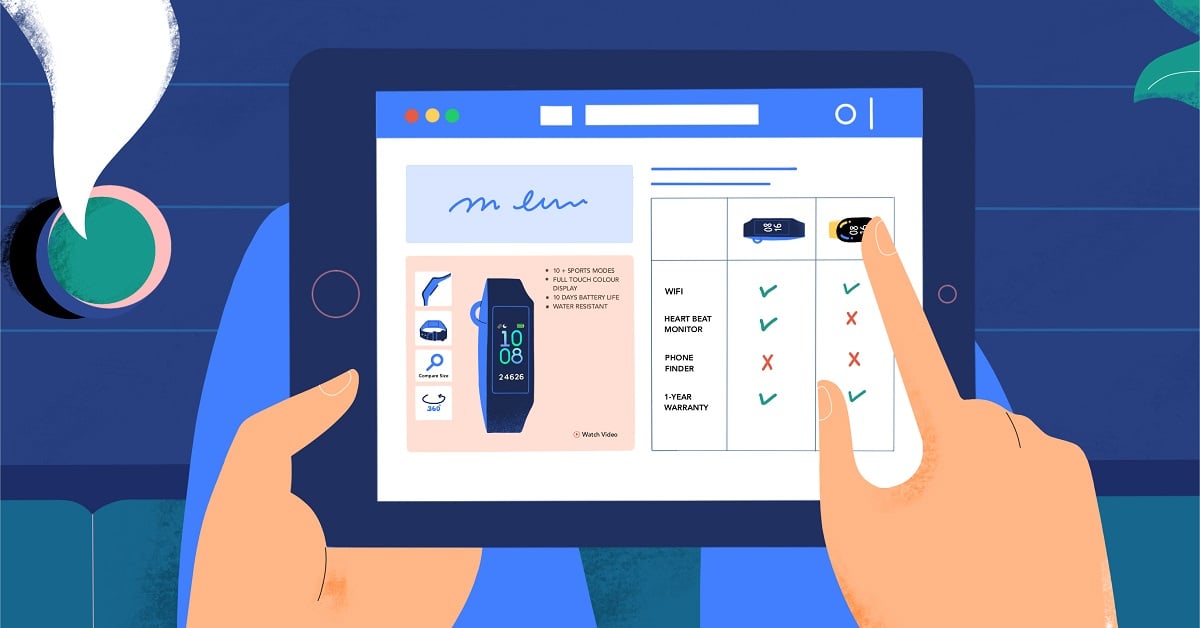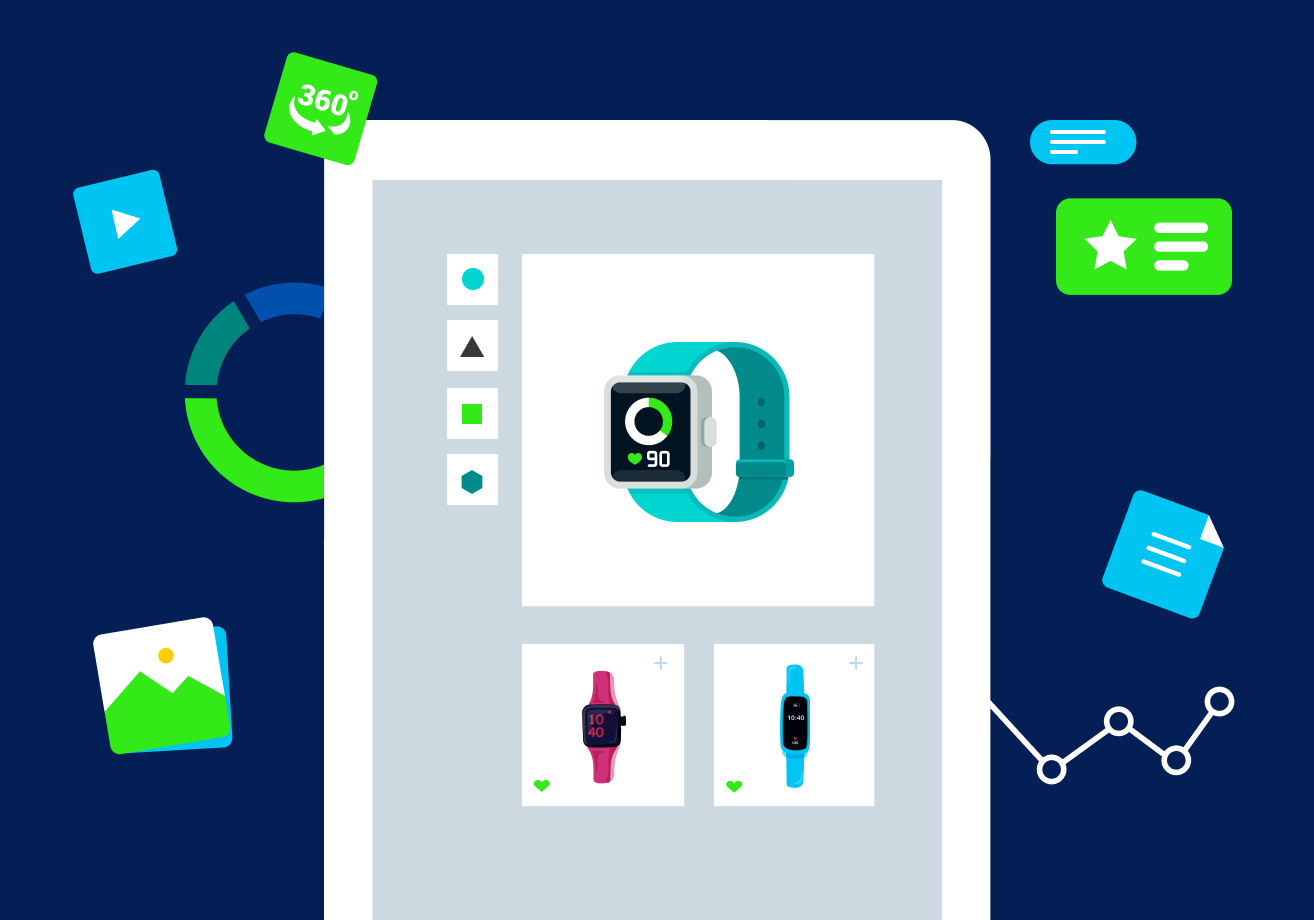We know that enhanced content is driving sales… So how can enhanced content technologies help bring shoppers even closer in a virtual shopping environment? And although shoppers right now are becoming more comfortable with shopping from a remote location, there is always the challenge of convincing them to complete the purchase online.
A key measure for online marketing is engagement – the way a shopper interacts with the product information and images to make their purchase choices. In many cases, it is beneficial to help shoppers narrow their choices to provide information that is in line with what they are looking for. The paradox of choice shows that good marketers help to make shoppers make their choices simpler. Which helps to drive sales. In a store a good salesperson can help by understanding the shopper’s needs, but online it’s difficult. However, with advanced filtering technology it’s possible to narrow down the optimal product for a shopper’s particular taste and needs. iltering technology it’s possible to narrow down the optimal product for a shopper’s particular taste and needs.
Product Selectors are one such capability. By building a selection path for shoppers through a series of questions and choices, a marketer can help shoppers get to the product they are searching for, more quickly. Here are some “real-world” examples of how Product Selectors can bring the shopper closer to the store experience and keep them engaged to drive more online sales.
Example 1 – Choosing a product to meet a specific need
Joann Fabrics is a place where one can get lost among the variety of crafting ideas. But online, it often comes down to a shopper needing a particular item. And when it comes to equipment such as die cutting machines, Joann gives its shoppers a way to find the machine type, price range and other features, in a few easy clicks. Once the features are chosen, shoppers can compare among the options in an easy interface.
The consumer products company 3M is another great example. Given the broad and vast products they produce (easily more than 50,000), it can be a challenge to support the brand while grouping certain products around a shopper need. Take the Futuro™ line of braces, sold at many retail outlets. 3M uses Product Selectors to help shoppers narrow down their choices by ailment and body part. This example is particularly interesting, in that 3M also created an “IRL” version of Product Selectors – in store, to help shoppers narrow down their choices when shopping the physical location.
Example 2 – Narrowing down choices based on style preference
Perhaps your product line is one where shoppers do not buy often, but the choice is extremely important. Take bridesmaids dresses, for example. Of the many decisions to be made for the big day, making sure the bride and her party look their best can be a challenge. Given the hundreds of different options at David’s Bridal, making that choice can be daunting. But with the Style Quiz, David’s Bridal helps brides-to-be focus their choices around their own style preferences. The quiz provides options based on type of wedding venue, color groups, style preferences and budget, among other things, and shoppers are then shown a set of items that match their preferences. By focusing the new bride’s attention on an acceptable set of choices – all of which are in their stated preference – it gives them more comfort in making a decision, while supporting the brand of David’s Bridal as one that is helpful.
Example 3 – Selecting items for a particular application
With exciting new skin care brands like Versed, it’s important to show how your brand can be used for particular skin types and uses. A Product Selector application here can highlight a shopper’s main concerns, such as oily skin or sensitivity, in addition to the type of daily regimen they use. Answers to these questions help build a skin care profile to direct shoppers to the products they will find most useful.
Neutrogena has taken a similar approach, with a focus on skin tone for their product line. Their Shade Finder Quiz helps shoppers find the applications that will be the best match to their skin tone as well as the occasion they intend to use the products for. Again, using the Product Finder application, Neutrogena was able to help shoppers build a set of products to help them accomplish their beauty goals, in an engaging and interactive way.
Using decision-driven applications online can help to recreate the engagement and interaction of an in-person visit and purchase of products. These above examples show how a little creativity and understanding of the shopper experience can help drive greater online sales for products that are typically challenging to sell without hands-on interaction from a shopper.










